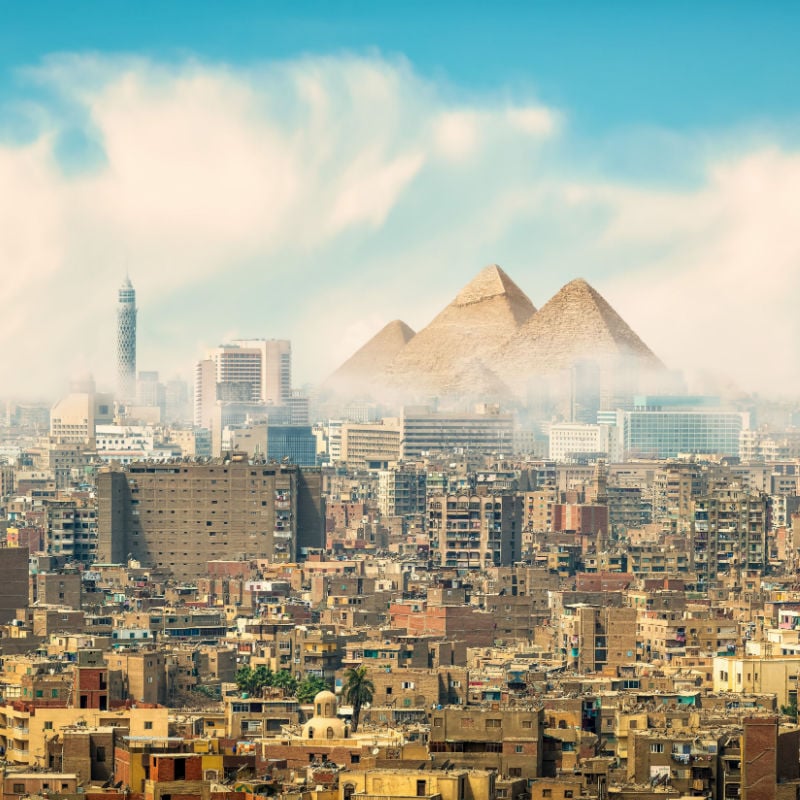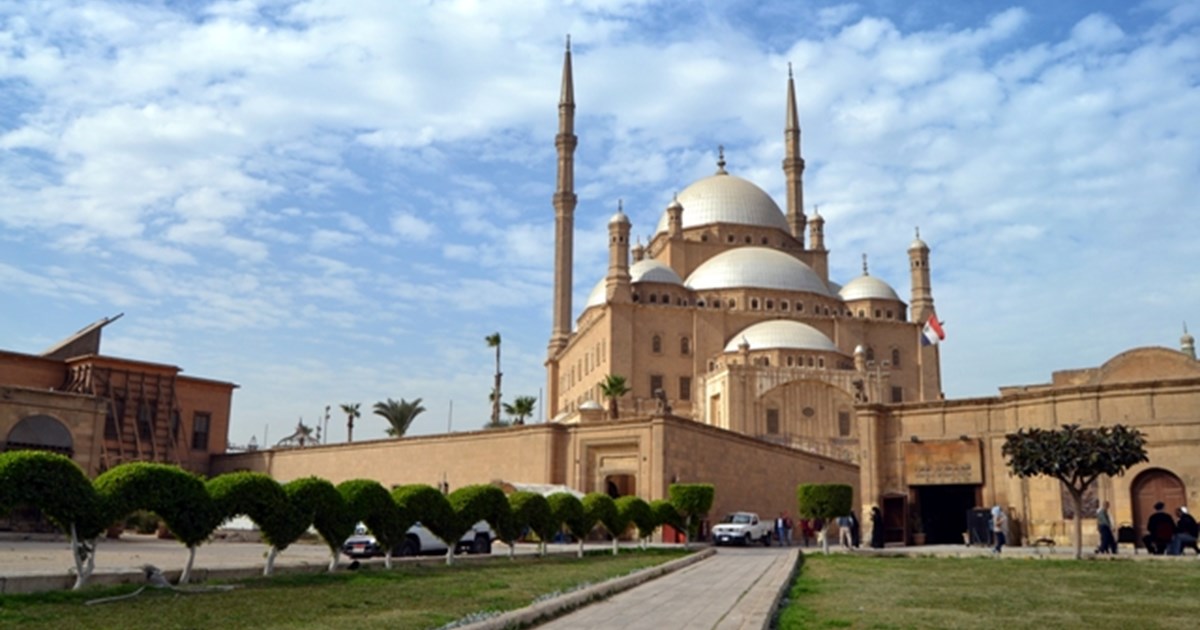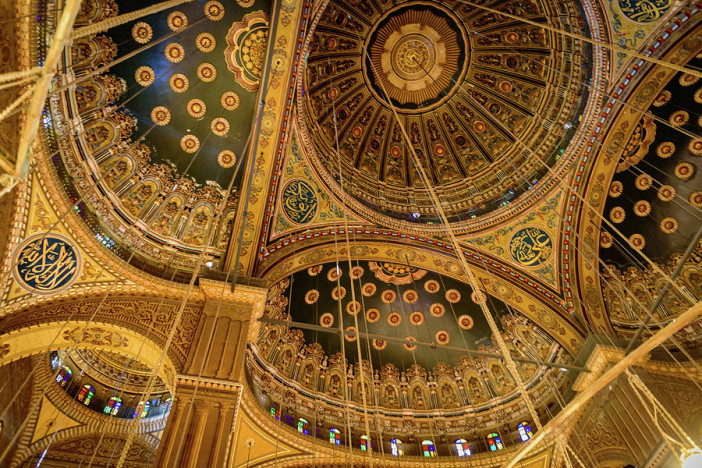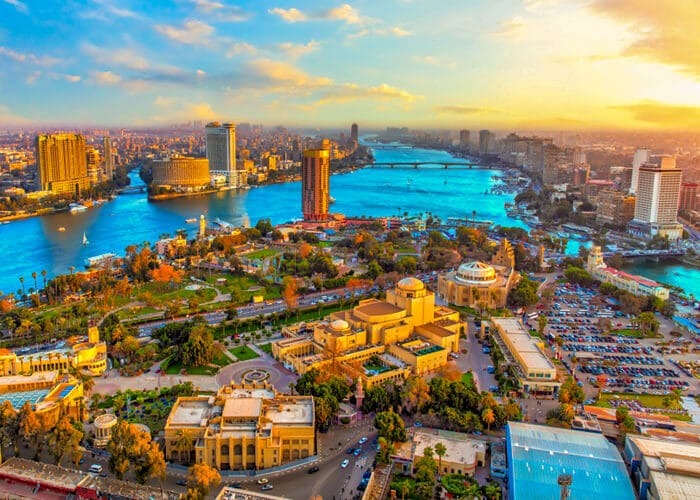CAIRO, ALSO KNOWN AS THE CITY OF DIVERSITY
As an avid traveler, I often find myself browsing the web and reading up on various destinations. Though I always find capital cities to be the dullest part of any vacation, I still enjoy learning about the globe from the perspectives of locals and travelers, even if I have no plans for the near future and am cash-strapped from my most recent trip.
I’ve seen a hundred comments complaining that a trip to the nation’s capital is pointless because it’s not interesting enough to warrant more than a single day there.
It is often accepted that there is not much to see in a metropolis save enormous skyscrapers and busy streets. While this may be true in most places, it is most certainly not the case when traveling to Cairo, Egypt.

MAGIC OF CAIRO, EGYPT
Cairo’s multifaceted cultural offerings are too extensive to see in only two days, even if you’re trying to cram.
After spending a quarter of a century here, I can declare with authority that life in this city is a never-ending series of exciting adventures into bygone eras. You can visit anything from museums to royal palaces to fun Egyptian markets. The real Egyptian food is worth mentioning as well.
Since I enjoy exploring Cairo so much, I thought I’d put together a list of my favorite spots if you’re interested in photography or just want to experience the city’s real spirit.
SALAH AL-DIN AL-AYYUBI CITADEL
Sultan Salah al-Din al-Ayyubi (572-579 AH / 1176-1183 AD) built The Citadel of the Mountain in Cairo’s ancient city, above the Al Mukattam hills with a view of the entire city.
Egypt’s imposing reputation at the time meant little without the security provided by a citadel; other major Levantine cities, such as Aleppo and Damascus, had already done so, and Egypt should have followed suit.
Walking along the massive walls of this citadel, a sense of history is unavoidable. The fact that it was built on one of Cairo’s highest elevations attests to the strength of its design. In addition, on a steamy summer morning, the wind here is a godsend.
The citadel is packed with fascinating attractions, so you may spend as little or as much time there as you like.
Some of Cairo’s most recognizable landmarks, such as Masjid Muhammad Ali Pasha and Sulayman Pasha al-Khadim Masjid, are located here. In addition, you can cross the Police Museum, the Royal Vehicle Museum, and the Military Museum off your list.
The citadel is open to visitors daily from 9 am to 5 pm, but the entry charge varies depending on a visitor’s country of origin.

MOSQUE MUHAMMAD ALI PASHA
It’s hard to imagine anyone leaving this magnificent mosque without a sense of impending grace, as everything there is so great and expansive. A photographer’s dream, with gorgeous marble surfaces, massive supporting columns, and plush carpeting throughout.
There are hundreds of lanterns hung in perfectly aligned circles from the ceiling, which is ornamented with ornate decorations. Sunsets enjoyed in this exquisite outdoor space, which is paneled entirely in white marble, are truly once in a lifetime events.
Muhammad Ali Pasha constructed the Alabaster Mosque, a key structure in the Salah al-Din al-Ayyubi Citadel. The mosque has two minarets, making it the tallest in all of Egypt.
In 1262 AH/1845 AD, Louis Phillippe of France presented a copper clock tower to the mosque’s open court area as a gift; in return, Muhammad Ali presented the obelisk of Ramsses II, which stands in Paris’s Place de la Concorde Square.
From 8:00 AM to 3:00 PM, daily, entrance to the mosque is free of charge. However, in order to gain in, you must dress modestly. Women are expected to wear full veils when entering mosques.

MUHAMMAD ALI PALACE
Muhammad Ali’s long 43-year rule did much to advance the nation’s prosperity and military might. A Sultan’s palace is an extension of his power and prestige, and it is customary for it to be an opulent fusion of several architectural styles.
Its grand reputation as a result of its impressive architecture has led to its establishment in Al-Manial. It is a composition in the Islamic style, with Andalusian, Syrian, and Moroccan influences, as well as the liveliness of Mamluk and Persian details.
There is a lot to see and do in the palace, such as the clock tower, welcome hall, throne hall, hunting museum, and more.
To be more exact, I found the plethora of styles to be somewhat intimidating. I can state without equivocation that it was like being transported to another world, where I was immersed in many cultures at once. This palace has an unrivaled air of opulence and grand splendor.
The museum is open from 9 a.m. to 3 p.m., however be aware that the last ticket is sold at 2:15 p.m. and that the price for non-U.S. citizens varies.

KHAN AL-KHALILI
Khan Al-Khalili, located in Cairo’s historic district, is a popular tourist destination that seems to be busy at all hours. One of Egypt’s seven UNESCO World Heritage sites is located here in Cairo.
In the fourteenth century, Jaharkas El Khalili, the Master of Stables at the time, constructed a caravanserai (commonly referred to as a “khan”) to house merchants. Subsequent sultans added to the area and built their own khans, completing the puzzle and establishing what would become the commercial epicenter of Cairo by the late fifteenth century.
Khan el-Khalili is like a maze full of magical and fantastical treasures; no matter which direction you travel, you’ll discover something new. Everything from mosaic lanterns and loads of cheap trinkets to gold jewelry and silver pharaonic replica pendants can be found here.
I think this is the finest place to get a real taste of Cairo; the hustle and bustle of the crowds is something you’ll never be able to avoid, but it makes for an exciting experience.
The best market day has bright colors, lively music, the smell of coffee, and the sound of a hookah laughing.
During your time there, you should persistently develop your talents in the art of negotiating and haggling. At the end of the day, you can count on getting a fair deal.

CAIRO’S RELIGIOUS COMPLEX
Cairo’s Religious Complex is home to all three of the world’s major monotheistic faiths in one convenient location. This is where the significance of the Amr Ibn Al-Aas Mosque, the Hanging Church, and the Ben Ezra Synagogue originated.
In addition to being the largest and oldest mosque in Africa, the Amr Ibn Al-Aas Mosque also holds the distinction of being the second mosque ever constructed in Egypt, with its foundations going back to the year 21 AH. Palm tree trunks, mud bricks, and gravel were used in its construction, with the latter two materials being recycled into marble columns and tiles.




